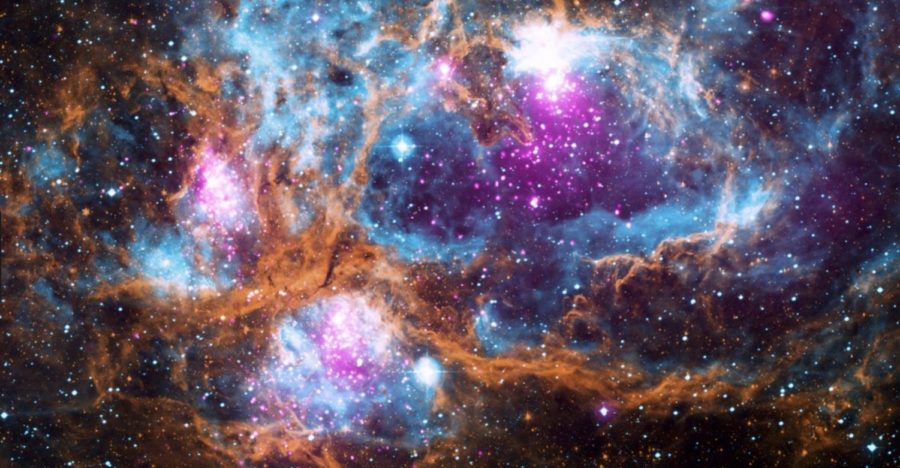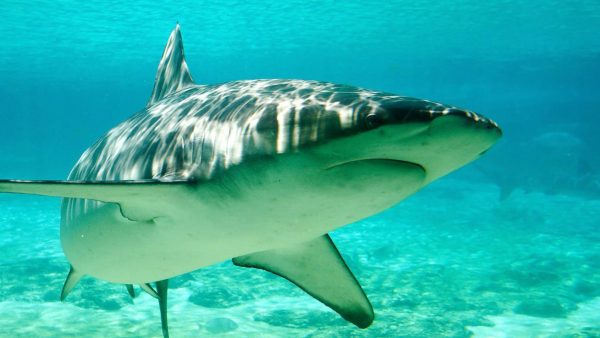The Search For Extraterrestrial Life
Are we alone in the universe? Is planet Earth alone in terms of hosting life? Could there be some other form of life? Are there other Earth-like planets out there? What type of planet star system enables life forming? These are some of our biggest questions. Currently, there is no concrete evidence that there is life anywhere else, but the possibility still exists.
First, let’s break down the process of searching for life outside our galaxy. If you were an alien 10 parsecs away (about 33 light years), and if you were looking at our sun trying to find life on one of the planets around our star, the Sun, then you would look for biosignatures in the atmosphere. Biosignatures are compounds and individual elements such as oxygen, ozone, methane, and CO2. You would look at the relative amounts of each gas, or their abundances. For example, our planet’s atmosphere is really “stinky” in the sense that it contains a lot of different gases. Additionally, the existence of one or two gases itself does not mean there is life. It’s how much there is of each one. For example, the trees and plants on this planet are taking in carbon dioxide through photosynthesis and animals do the opposite through cellular respiration. So, the fact that there is oxygen and carbon dioxide together in abundance is a good indication that there is life on this planet, because they wouldn’t get self-replenished by themselves.
At NASA, the National Aeronautics and Space Administration, there are several scientists that are simulating models and trying to figure out what false-positives indicate if life is possible on a planet. In other words, it may look like a biosignature, but it must be false because of x, y, and z. NASA is also looking at what the host star must have and how much the host star has to do with life forming on the planet. For example, our sun is pretty inactive–it does not put out huge solar flares. However, there are lots of very violent star systems out in the universe. Could they still host life? Or would the flares strip out the possibility of potential life being possible; could they even form on such a planet even if it is has other habitable components planet? These are some of the countless situations that scientists have to consider in searching for life outside of Earth. Maybe there is some form of life out there in the universe right now, looking at our bio-signatures and we don’t know it. As the National Research Council (NRC) report 2007 said, “Nothing would be more tragic in the American exploration of space than to encounter alien life and fail to recognize it.”

Hi, my name is Scout Crooke, and I’m a senior at SSFS. This is my third year on Newspaper and I enjoy writing about topics related to life and science....






Dilan Ashar • May 25, 2019 at 9:43 am
This article is a very unique and interesting piece of writing. First, the author did a great job trying to hook the reader with the use of rhetorical questions, then later to go on from writing from “aliens’ point of view. This help makes a very boring topic to many, interesting. To add, the article’s informality also helps convey ideas smoothly while making it an easier read. Next, the transitions to a word to a definition are great, flows well and provides the reader an easier time absorbing information. However, in the second paragraph, the informality switches and it becomes more of a factual, boring piece. Furthermore, I feel lost when it goes from host stars to solar flares, then back to the main point. Overall this is a good piece that has great potential. One thing I would change is that I would stick to one question in particular and ignore the other random questions that diverge from the main idea.